Influence of Dietary Trends
Dietary trends significantly impact the food inclusions market in South Korea, as consumers increasingly adopt specific eating patterns. The rise of plant-based diets and low-sugar preferences is prompting manufacturers to develop inclusions that align with these trends. For instance, the demand for protein-rich inclusions, such as legumes and plant-based proteins, is on the rise, reflecting a shift towards healthier snacking options. In 2025, it is estimated that products catering to dietary trends will constitute approximately 30% of the food inclusions market. This alignment with consumer preferences not only drives sales but also encourages innovation in product development, thereby enhancing the overall competitiveness of the food inclusions market.
Expansion of Snack Food Segment
The snack food segment in South Korea is expanding rapidly, contributing to the growth of the food inclusions market. With a rising preference for convenient and on-the-go snacks, manufacturers are increasingly incorporating various inclusions to enhance flavor and texture. In 2025, the snack food sector is expected to represent around 40% of the food inclusions market, driven by the popularity of products such as granola bars, trail mixes, and flavored popcorn. This expansion is prompting companies to explore new inclusion options, such as chocolate chips and fruit pieces, to cater to evolving consumer tastes. As a result, the food inclusions market is likely to witness a surge in innovation and product diversity.
Growing Popularity of Customization
Customization is emerging as a key driver in the food inclusions market in South Korea, as consumers seek personalized food experiences. The trend towards tailored products is prompting manufacturers to offer a variety of inclusions that cater to individual preferences and dietary needs. This shift is particularly evident in the bakery and confectionery sectors, where consumers are increasingly requesting unique flavor combinations and textures. In 2025, it is projected that customized food products will account for approximately 25% of the food inclusions market. This growing demand for customization not only enhances consumer satisfaction but also encourages innovation, as companies strive to develop new and exciting inclusion options.
Rising Demand for Natural Ingredients
The food inclusions market in South Korea experiences a notable shift towards natural ingredients, driven by consumer preferences for healthier options. As awareness of health and wellness increases, consumers are gravitating towards products that contain fewer artificial additives. This trend is reflected in the market, where natural inclusions such as nuts, seeds, and dried fruits are gaining traction. In 2025, the market for natural food inclusions is projected to account for approximately 35% of total sales, indicating a significant growth trajectory. This demand for natural ingredients is reshaping product formulations and encouraging manufacturers to innovate, thereby enhancing the overall appeal of the food inclusions market.
Technological Advancements in Production
Technological advancements play a crucial role in shaping the food inclusions market in South Korea. Innovations in processing techniques and ingredient sourcing are enabling manufacturers to create high-quality inclusions that meet consumer demands for taste and nutrition. For example, advancements in freeze-drying technology allow for the preservation of flavor and nutrients in fruit inclusions, making them more appealing to health-conscious consumers. In 2025, it is anticipated that the adoption of new technologies will enhance production efficiency and reduce costs, potentially increasing the market share of food inclusions by 20%. This technological evolution is likely to foster a competitive landscape, encouraging companies to invest in research and development.


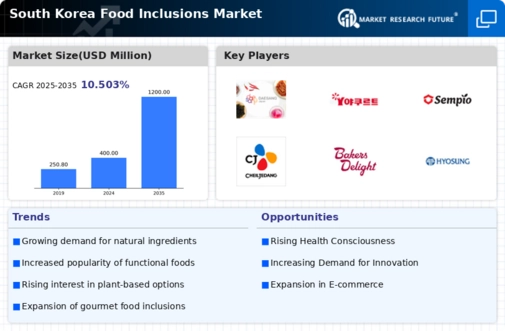
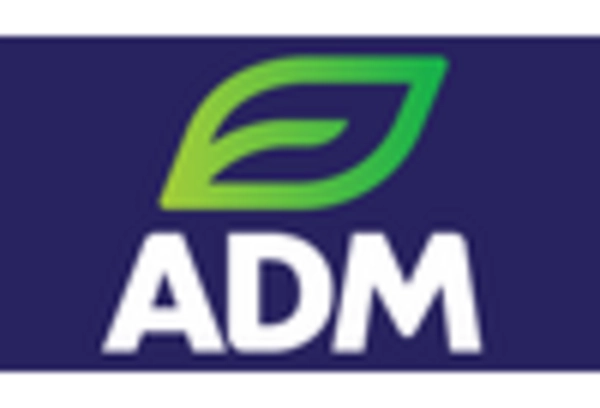
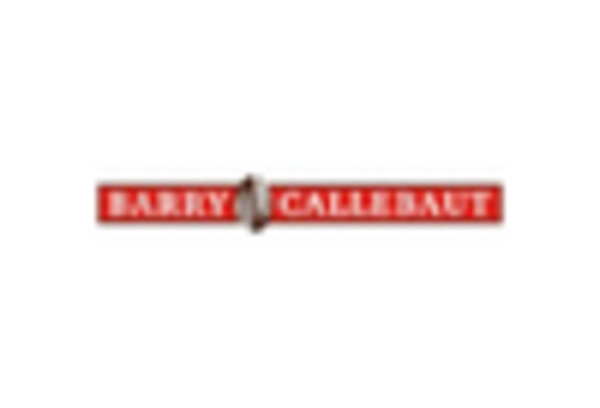
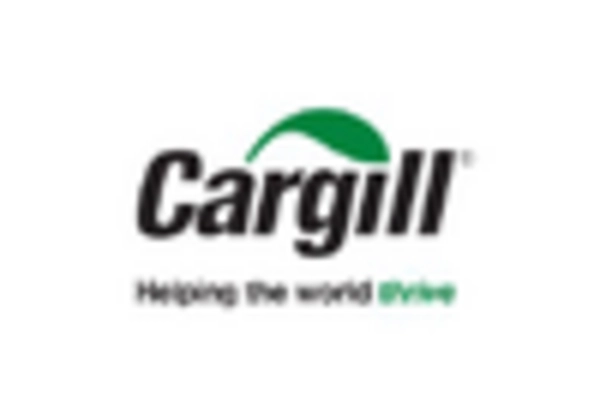
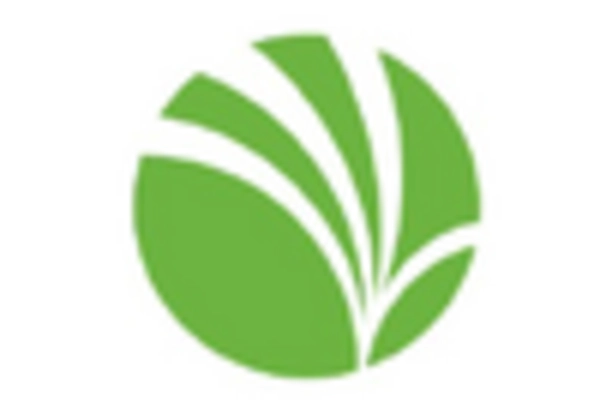
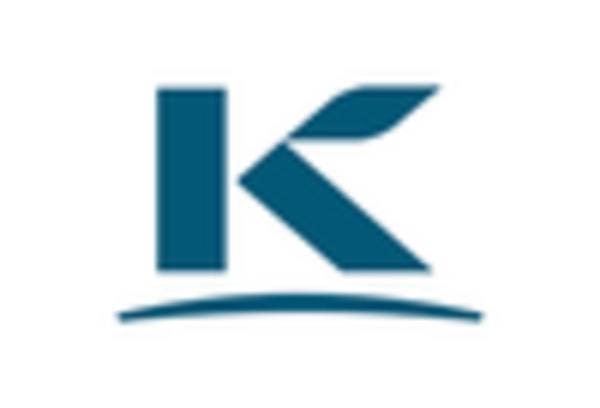
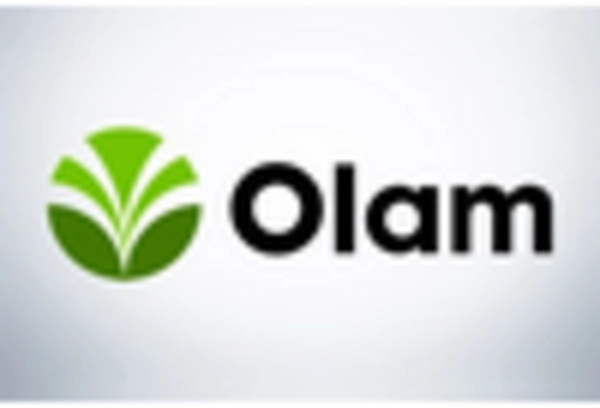








Leave a Comment